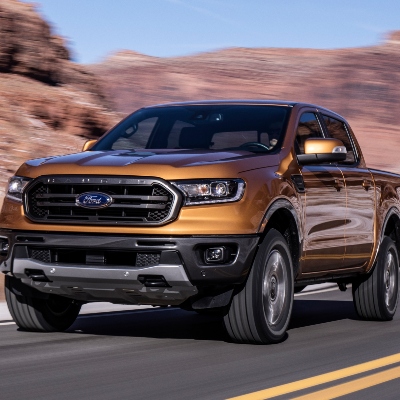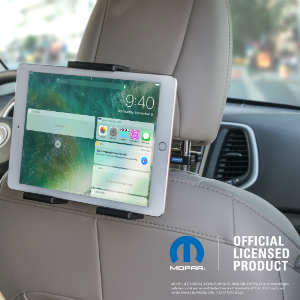
In the early 1960’s, a professional race car driver known as Orvar Aspholm began working for Volvo. His job was to deliberately roll their cars in front of an audience. This wasn’t just some daredevil stunt, though. The idea was to demonstrate the benefits of wearing a seat belt.
Unrestrained
Aircrafts have always had seat belts. It’s even said that the Wright Brothers had one in their Flyer to make sure they didn’t fall out while testing. The cars of that era had no such safety devices though, and many motorists met unpleasant ends as a result.
By the 1930’s the problem had become so serious that many doctors, (who presumably saw the results of road accidents close-up) started fitting rudimentary belts in their cars. At the same time, they tried unsuccessfully to persuade the auto industry to fit such devices.
Didn’t Sell
The first company to offer seat belts was Nash in 1949, but buyers showed little interest and the option was discontinued. Six years later, Ford and Chrysler offered lap belts in their ’56 model cars and General Motors and American Motors soon followed, but similar to what Nash experienced, interest was low.
Leave it to Volvo
By 1958 the Swedish manufacturer was already building a reputation for safety, and seat belts presented an opportunity to help. All they needed was an engineer with the right skills, and that led them to Nils Bohlin.
Bohlin had previously worked on ejector seats, and he set to work on finding ways of holding car occupants in place during a crash. Some years earlier a three point harness had been invented in the US, but never commercialized. Bohlin took that idea and by moving the buckle to the side, created the belt we know today.
Legislation
The take up of seat belts remained low throughout the 1960’s and 1970’s. To address this, manufacturers experimented with “passive” seat belts, so-called because no action was needed to put one on. In 1975 VW showed off a passive belt in their Rabbit, and by 1983 it was announced they would be required in all cars.
Airbags Instead
The problem was people didn’t like passive belts, and they weren’t particularly safe. The response was airbags. These protected people from sharp objects in their car, but didn’t perform as well as seat belts. Eventually though, government came around to the idea that everyone should wear a seat belt.
And what of Orvar Aspholm? After becoming a human crash-test dummy for Volvo he seems to have disappeared.




